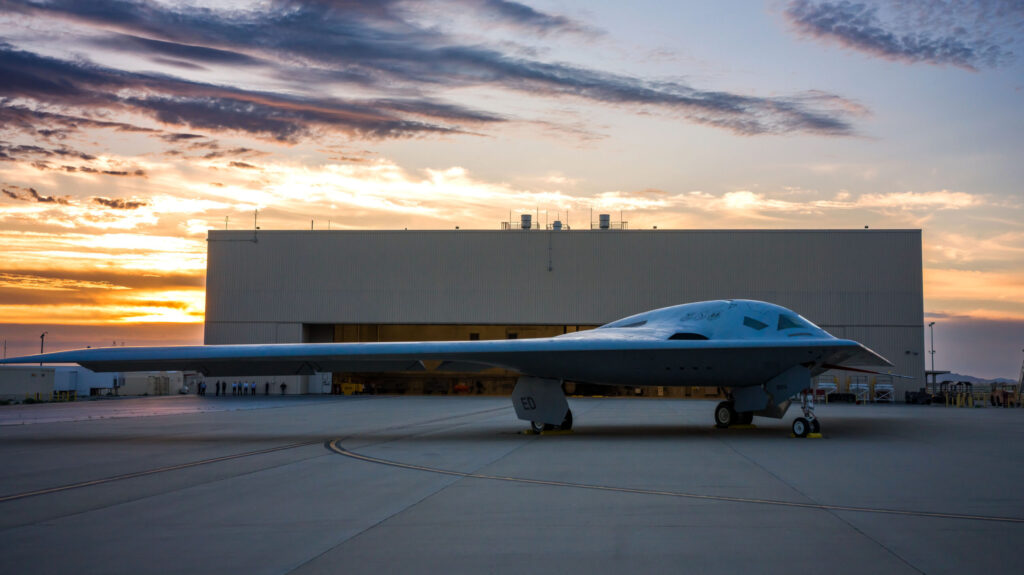- Joined
- 9 October 2009
- Messages
- 19,999
- Reaction score
- 10,538
I suspect it will actually be B-2 sized or close to it, but we'll have to see. The Chinese may see the B-21 program, with all its dubious design decisions, as a colossal own goal by the Americans.

